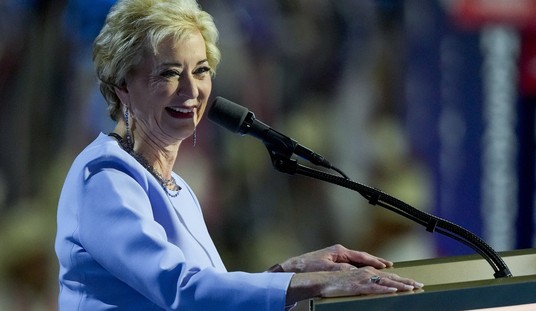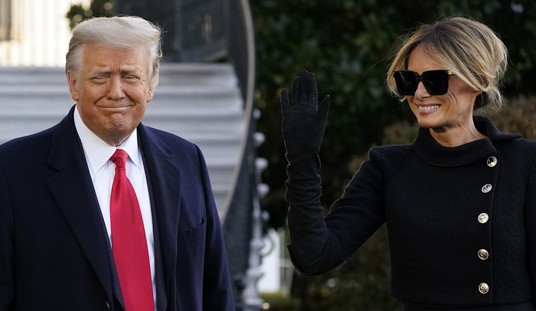Promoted from the diaries by Bill S.
“Meticulous attention should be paid to the special relations and obligations of public servants to the public itself and to the government.” So warned the union-friendly Franklin Roosevelt about the danger of public sector unionism. Some of us have ignored his counsel while others have simply chosen to look the other way. Regardless of your motivation all eyes should now be on public employee unions who continue to bleed American taxpayers dry.
Consider the following chart from Sunshine Review that outlines how much more state and local government employees as compared to the private sector:
|
Compensation |
A. State and Local |
B. Private Sector |
Ratio A/B |
|
Total Compensation |
$39.66 |
$27.42 |
1.45 |
|
Wages and salaries |
26.01 |
19.39 |
1.34 |
|
Benefits |
13.65 |
8.02 |
1.70 |
|
Paid Leave |
3.27 |
1.85 |
1.77 |
|
Supplemental Pay |
.34 |
.83 |
.41 |
|
Health insurance |
4.34 |
1.99 |
2.18 |
|
Defined benefit pension |
2.85 |
.41 |
6.95 |
|
Defined contribution pension |
.31 |
.53 |
.58 |
|
Other benefits |
2.53 |
2.40 |
1.05 |
Going beyond hourly wages, the Washington Examiner, reporting on data from the Commerce Department’s Bureau of Economic Analysis, finds that:
As of 2008, the average federal salary was $119,982, compared with $59,909 for the average private sector employee. In other words, the average federal bureaucrat makes twice as much as the average working taxpayer. Add the value of benefits like health care and pensions, and the gap grows even bigger. The average federal employee’s benefits add $40,785 to his annual total compensation, whereas the average working taxpayer’s benefits increase his total compensation by only $9,881. In other words, federal workers are paid on average salaries that are twice as generous as those in the private sector, and they receive benefits that are four times greater.
The startling pay difference in both hourly and yearly wages is instructive but is susceptible to rebuttal. Sure, if you take into account everyone it appears as if the public sector pays 44% than the private sector, but government jobs on the whole require more skill (or so the argument would go). Those private sector numbers average in all the minimum wage jobs that skew the private sector downward.
Point taken, so let’s take a deeper look into a job-by-job comparison of the public and private sectors. According to the Bureau of Labor Statistics (and compiled by the USA Today) here is a sampling of salaries for comparable occupations:
|
Job |
Federal |
Private |
Difference |
|
Budget Analyst |
$73,140 |
$65,532 |
$7,608 |
|
Chemist |
$98,060 |
$72,120 |
$25,940 |
|
Cook |
$38,400 |
$23,279 |
$15,121 |
|
Economist |
$101,020 |
$91,065 |
$9,955 |
|
Janitor |
$30,110 |
$24,188 |
$5,922 |
|
Librarian |
$76,110 |
$63,284 |
$12,826 |
|
Physician Assistant |
$77,770 |
$87,783 |
-$10,013 |
|
PR Manager |
$132,410 |
$88,241 |
$44,169 |
|
Registered Nurse |
$74,460 |
$63,780 |
$10,680 |
|
Secretary |
$44,500 |
$33,829 |
$10,671 |
The federal government does not create a traditional sellable product and thus produces no revenue outside of what it collects from taxpayers. As the size of the private sector wanes you would assume that the public sector, whose salaries are paid from private sector taxes, would be forced to contract. You’d be wrong. A new Gallup poll released May 3rd “reveals significantly more hiring within the federal government than in the private sector.” This continues a theme seen throughout the recession – despite the private sector shedding jobs at a rate not seen since the Great Depression, the government continued to hire.
The continued growth isn’t a huge surprise. A full one-third of President Obama’s $787 billion stimulus package was aid to the public sector. As Michael Barone explains, the money worked:
“While the private sector has lost 7 million jobs, the number of public-sector jobs has risen. The number of federal government jobs has been increasing by 10,000 a month, and the percentage of federal employees earning over $100,000 has jumped to 19 percent during the recession.”
The growth however is creating an untenable situation. A smaller pool of private sector workers are being asked to subsidize an increasing number of public sector employees and their unnecessarily high wages. Something has to give. You’d think that cutting the size of the federal work force and instituting a moratorium on government wage increases would be one of the first and easiest recommendations of the President’s fiscal commission. Again, you’d be wrong.
The problem is that Democrats are in bed with public sector unions. Unions vote Democrat every November and funnel hundreds of millions of dollars towards their campaigns. In return, once elected, Democrats play political favorites and work to increase the union ranks with the understanding that more members means more votes and more money. It’s a self-perpetuating cycle that is becoming a weight around the necks of private sector workers
Eventually the private sector will simply be unable to foot the bill for public sector pay. Unfortunately, it doesn’t necessarily follow that the size of the federal government will be forced to get smaller. Without political pressure it is quite possible that Democrats in Washington will simply ask more of the private sector. Hello, VAT!
President Obama has repeatedly made clear that “everything is on the table” in trying to deal with our huge debt and deficit. The private sector must go further than to simply hope that he freezes the size and pay of government – they must translate that hope into votes.
by Brandon Greife, Political Director of the College Republican National Committee














Join the conversation as a VIP Member